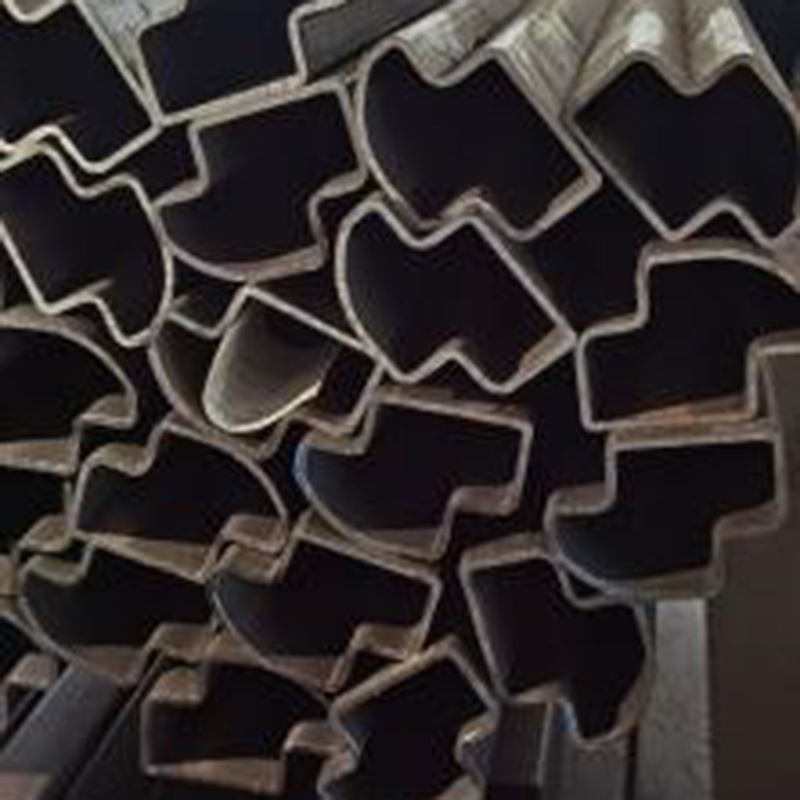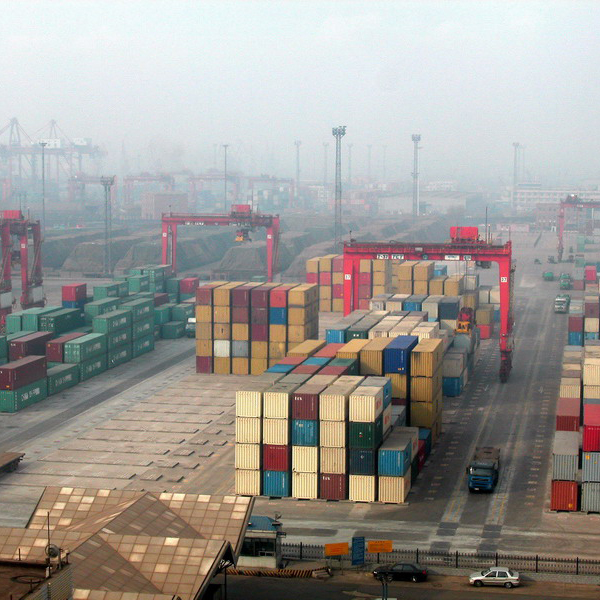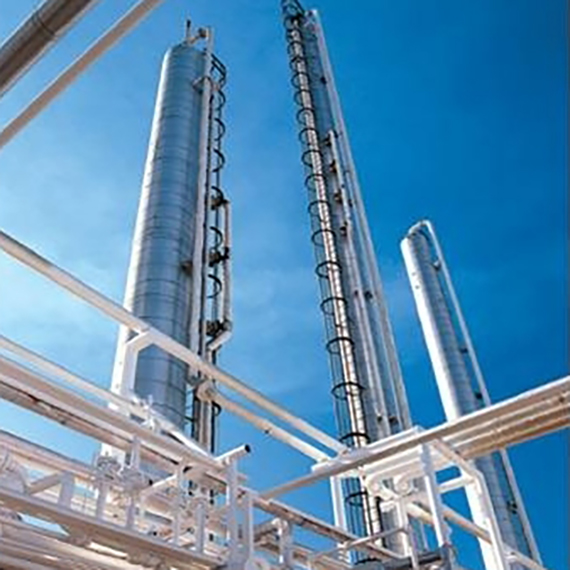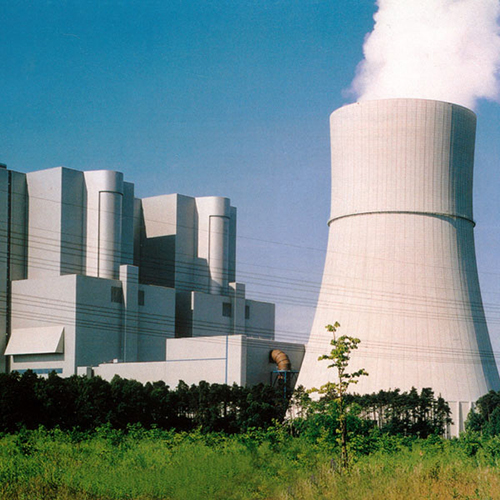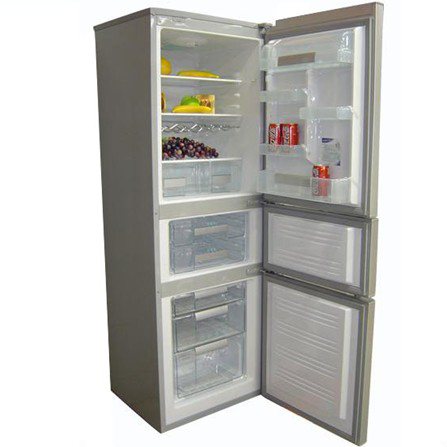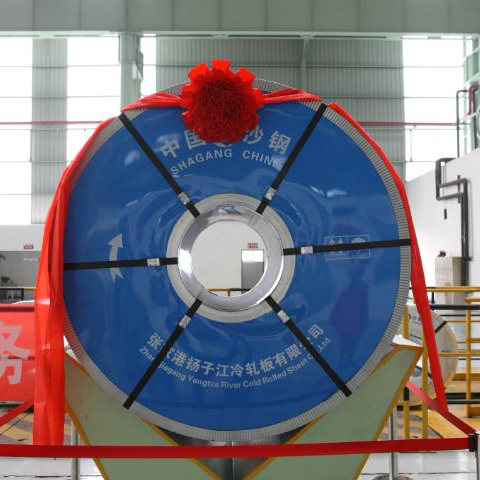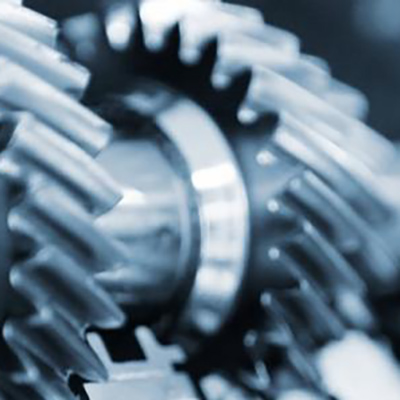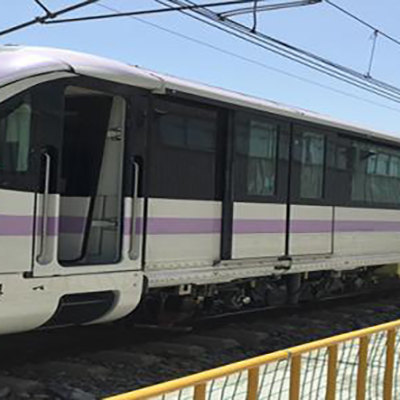0102
Rail steel of light&heavy
description1
product information
| TYPE | (mm*mm*mm)SPECIFICATION | STANDARD |
| P275NL1、P355NL1 | 6-100*1800-3300*L | EN 10028-3 or Technical agreement |
| S355J2W | 6-100*1800-3300*L | EN 10025-5 or Technical agreement |
| 16MnDR、16MnDR-ZJ | 6-100*1800-3300*L | GB/T 3531 or Technical agreement |
| Q345D、Q345E | 6-100*1800-3300*L | GB/T 1591 or Technical agreement |
| Q450NQR1 | 6-20mm*1800-3300*L | TB/T 1979 |
Rail steel, also known as rail track steel, is a specialized type of steel designed for use in railway tracks. This type of steel must meet stringent requirements to withstand the immense loads, repetitive stresses, and wear associated with the movement of trains. The properties of rail steel are carefully engineered to ensure safety, longevity, and optimal performance in rail infrastructure.
Composition and Manufacturing:Rail steel is typically a low-carbon, high-manganese steel with additional alloying elements such as silicon and occasionally chromium. The specific composition is carefully selected to achieve a balance of hardness, toughness, and resistance to wear. The manufacturing process involves hot rolling, which imparts the desired mechanical properties to the steel.
Properties of Rail Steel:
High Hardness:Rail steel needs to be hard enough to resist wear and deformation caused by the constant friction between the train wheels and the rail. This hardness ensures a longer service life for the rails.
Toughness: Despite its hardness, rail steel must also possess toughness to withstand impact loads and resist brittle fracture. Toughness is vital for preventing rail failures and ensuring the safety of rail transport.
Wear Resistance:The continuous movement of trains over the rails subjects the steel to significant wear. Rail steel is designed to exhibit excellent wear resistance, reducing the need for frequent replacements and maintenance.
Ductility:Rail steel must be ductile enough to absorb and redistribute stresses, especially at rail joints and transitions. Ductility helps prevent the development of cracks and ensures the overall integrity of the rail structure.
Resistance to Rolling Contact Fatigue:Rail steel is subjected to rolling contact fatigue due to the repeated loading and unloading caused by passing trains. Its composition and heat treatment are optimized to resist the development of fatigue cracks.
Applications:Rail steel is primarily used in the construction of railway tracks, encompassing various rail components such as:
Rails:The main horizontal components that support and guide the train wheels. These are the primary load-bearing elements of the track.
Switches and Crossings:Critical components where trains can change tracks. The steel used in switches and crossings must have similar properties to rail steel.
Fasteners:Various fastening systems, such as clips and bolts, are used to secure the rails to the ties or sleepers. The fasteners are typically made from steel compatible with rail steel.
Standards and Specifications:Rail steel must adhere to specific standards and specifications established by railway authorities and organizations. These standards define the chemical composition, mechanical properties, and quality requirements for rail steel to ensure uniformity and safety across rail networks.
Conclusion:Rail steel is a specialized material that plays a crucial role in the safe and efficient operation of railways. Its unique combination of hardness, toughness, and wear resistance ensures the durability and reliability of rail infrastructure, contributing to the overall safety and functionality of rail transport systems worldwide. As technology advances, ongoing research and development continue to improve the performance and longevity of rail steel in the evolving landscape of transportation.




